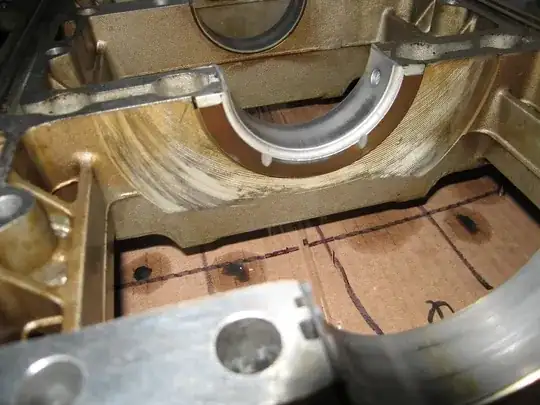When sitting in traffic or at a long red light, is the Best Practice to have the car in 1st gear with your foot on the clutch, or in neutral with your foot off the clutch?
Some say that you should be in gear to be ready to move if necessary.
Some say that long-term clutch use can lead to premature wear of clutch components, such as the throwout bearing (and certainly many more if you don't get the clutch fully disengaged!).
